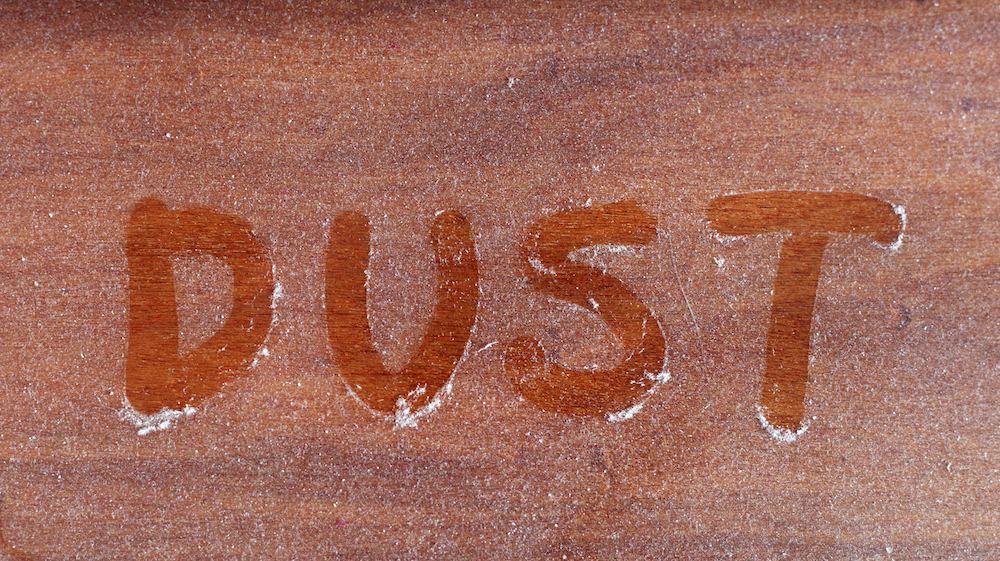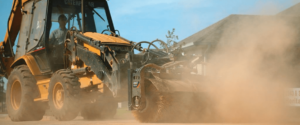Areas that collect a build-up of exceptionally fine dust are often present in quarries and mining operations. Problems, such as reduced operating life and safety concerns, are likely to occur if poor housekeeping allows dust to collect on, or in, a machine.
How much of a negative impact can dust have on your equipment?
Fine dust can build up around oil filler-necks and get knocked into the lubricant tank when you take the cap off. Even if the lubrication system is fitted with filters, the dust might be so fine that it bypasses the filter and starts going through the system repeatedly. Also, dust piles around breathers can increase the chance of dust being drawn into an oil system. 
Dust can also be abrasive. Dust in combination with the normal vibration of an operating machine, can lead to unnecessary wear as the dust rubs on the parts of the machine that it contacts. It can be weeks or months because a component fails due to this issue which may make it difficult to identify. However, the long-term effects can be spotted by professionals when the failed machine is brought in for repair. This mechanical abrasion is often common in areas around marshmallow springs, in electrical cabinets, and over hoses.
Dust build-up combined with moisture can also cause more complex problems such as corrosion, short circuiting, and mechanical abrasion of electrical components.
If fine dust builds up in places where it interferes with heat-exchangers and sinks, temperature management can become problematic. These components need to be maintained within their temperature parameters. Failure to do so will cause your machine to shut down. You may then encounter the issue of trying to troubleshoot a machine that will not energize.
How do you manage build-up from dust without compromising your equipment?
Managing the build-up of dust is the obvious remedy to these issues. However, it is challenging to remove the offending material without causing further problems. For example, using compressed air to blow out a control cabinet might drive dust further into the device and cause more damage. Always remember to consult your operator’s manual or contact the company’s service department for the preferred method to control build-up from dust.


